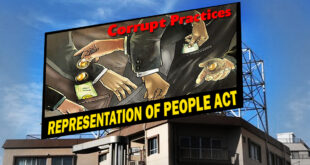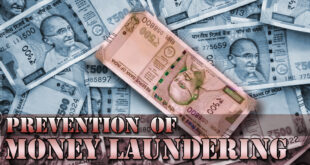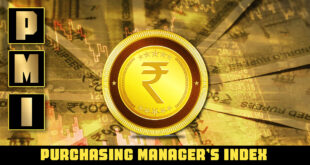- The estimation in Census 2011, that 2.21% of India’s population is disabled is a gross underestimation. According to the World Health Organization, about 16% of the global population is disabled.
- If that figure is extrapolated to the Indian context, it would mean at least 192 million disabled people.
- While technology has enormous potential to level the playing field for the disabled, it can, at the same time, reinforce the barriers that the disabled otherwise face if it is not designed with their needs in mind.
- Here is another point. India, it is reported, had 750 million Internet/smartphone users in 2020. Applying the 16% figure here, this works out to be roughly 120 million (12 crore) Internet/smartphone users with disabilities.
Apps and an evaluation
- There is no denying the fact that our lives are increasingly being led digitally, especially in the aftermath of the COVID-19 pandemic.
- We use apps to order groceries, food, medicines, in dating, socialising, entertainment and education. Being blind ourselves, we know that there is a long way to go when it comes to making apps disabled friendly.
- To provide evidence-based assessment of the problem and spur conversations and reforms, we co-authored (with like-minded colleagues) a report that evaluates the accessibility of 10 of the most widely used apps in India, across five sectors.
- These sectors were chosen based on broad stakeholder consultation with people with disabilities, and the 10 apps, based on the amount of online traffic.
- The apps were Zomato, Swiggy, PayTM, PhonePe, Amazon, Flipkart, Uber, Ola, WhatsApp and Telegram.
- We used the Web Content Accessibility Guidelines (a set of globally recognised parameters to determine how disabled friendly an app or website is) to evaluate these apps.
- Based on the number of violations, we categorised the level of accessibility of the apps as “high”, “medium” and “low”. Our report found that four out of the 10 apps ranked low, while five were in the medium category.
- The report was launched on January 13, by Rajesh Aggarwal, Secretary, Department of Empowerment for Persons with Disabilities, Government of India.
- We invited representatives of all 10 apps to attend our event. We think that it is no mere coincidence that the only app which sent a representative was the one ranked high in the index, i.e., WhatsApp.
- This is a pointer to the need to work with intentionality in creating disabled-friendly infrastructure, either physical or digital.
- Our goal for launching this report and rating index was not to call out apps that were inaccessible, but, instead, to start discussions on digital accessibility, product design and the development process.
- \In fact, this project has two phases. The launch of the report was the culmination of the first phase where we objectively assessed the digital accessibility of the apps.
- The second phase is to work with these service providers and help them design practices and processes that will not only improve app accessibility but also educate their stakeholders about accessibility and people with disabilities.
- This will hopefully improve design and development practices so that the apps are accessible right from the inception and we do not have to remediate for accessibility.
- We think that this will also help change attitudes around disability in the country, especially within the business community — moving them away from a charity approach to a rights-based and investment outlook.
Use of AI and algorithms
- As with other sectors, we are excited by the role technology can play in our efforts. We currently use technology to automate a large number of accessibility tests, and combine that with in-depth manual testing to provide comprehensive accessibility feedback to developers.
- AI can help to further automate the accessibility testing process, and feedback from users with disabilities can now be analysed at scale to provide actionable insights to developers and companies.
- All of this is core to this project and our initiative, and we look forward to making these tools available broadly. While our hope is that this know how combined with our advocacy will encourage companies to do the right thing by incorporating accessibility, we will not shy away from legal recourse as the last resort either.
- There have been positive developments from the courts lately on the need for accessibility across sectors, and we hope to use it to push for more accessibility should the need arise.
- Core to the project of securing a more disabled friendly digital ecosystem must be the conviction that, “everything digital must be accessible to everyone” (as Mr. Aggarwal put it in his keynote address).
- This starts with incorporating the principles of accessibility and inclusive design into every digital offering, right from inception. India needs to be truly accessible for all people with disabilities. Organisations, companies, civil society, the government and the courts must make this happen.
SOURCE: THE HINDU, THE ECONOMIC TIMES, PIB
 Chinmaya IAS Academy – Current Affairs Chinmaya IAS Academy – Current Affairs
Chinmaya IAS Academy – Current Affairs Chinmaya IAS Academy – Current Affairs



